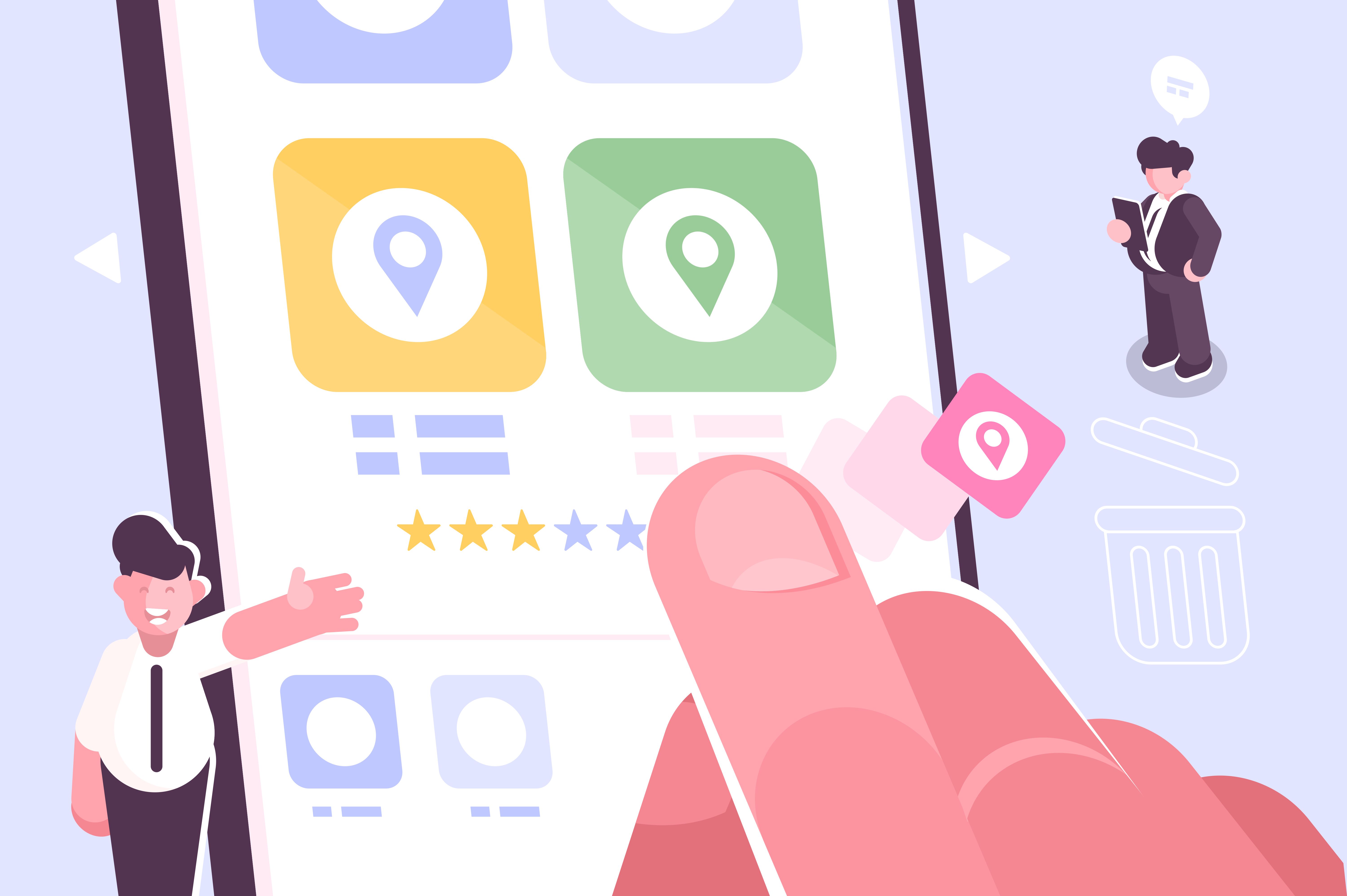
Today, we’re serving up live chat statistics to help you learn how this technology has progressed over the years and understand why live chat is so vital to the health of your company.
If you haven’t already implemented live chat on your website, you’ll want to after you read through these statistics.
And be sure to check out our previous content on the best live chat features for small teams as well as the conversational selling techniques that can help you increase conversions and customer satisfaction using live chat.
Are you looking to wow your website visitors? Learn more about our free live chat software.
Live chat statistics on adoption

Curious to find out how popular live chat software is, and who’s adopting it? Let’s explore.
25% of businesses have implemented live chat
According to Aircall’s 2018 Customer Support Strategy Survey, only 25% of companies had implemented live chat on their website for customer service. When asked, only 17% of companies said that they planned to add live chat in 2019. The top support channels identified were phone and email.
74% of companies had >10 employees when initially implementing live chat
Live chat software is used by small businesses as well as large enterprises. In fact, 74% of companies had less than ten employees when they first implemented live chat on their websites.
Live chat statistics on use cases

You might assume that live chat is only used for customer support. You’d be wrong. There’s another use case that is even more prevalent.
More companies use live chat for sales than customer service
In one study, 78% of respondents (who already have live chat implemented) reported that they use live for sales, while 63% said that they use it for customer support.
43% of companies report understanding their customers better
In addition to sales and customer support, live chat can help companies conduct customer research too. 43% of companies have a better understanding of their customers within one year of implementing live chat.
Live chat conversion statistics

Answering website visitor’s questions and keeping pace with consumer expectations are essential, but what about measurable business results? Let’s see.
79% of travel industry businesses increase revenue when using live chat
Business travellers prefer to live chat over other support channels. 79% of travel industry businesses experienced a revenue increase after providing live chat for customer support.
79% of businesses (in multiple industries) find the live chat positively impacts sales
In another study, 79% of companies across various sectors reported that live chat positively impacts sales, revenue, and customer loyalty. It’s important to point out just how critical the increase in customer loyalty is. Retention and repeat purchases are the top results of live chat.
49% of businesses see increased conversions with live chat
Similarly, 49% of respondents saw an increase in conversions caused by live chat software within two years implementing it. As we’ll see in a related statistic below, answering questions can keep website visitors on your site instead of abandoning it.
Live chat offers big results with cross-selling and up-selling
When comparing businesses that use live chat against those who don’t, it’s clear that companies who implement live chat achieve higher revenue. In fact, there’s a 2.4x greater annual increase in revenue from cross-selling and up-selling when live chat is in use.
Customer opinions of live chat software

What do customers think of live chat? Let’s find out.
52% of consumers are more likely to purchase again from a company if they have live chat
Most live chat statistics show that consumers favour it. In one study, 52% of consumers report that they’re more likely to repurchase from a company that offers customer support via live chat.
41% of consumers prefer talking to customer support via live chat
Consumers also prefer live chat support over any other channel. 41% of consumers would prefer to interact with customer support via live chat, versus 32% who would rather use telephone support, 23% who would rather use email, and 3% who would rather use social media. According to the study, younger consumers are more likely to choose live chat, while baby boomers tend to prefer traditional methods like phone support.
Live chat produces higher levels of satisfaction with customer support
When it comes to satisfaction with customer support experience, live chat offers the highest satisfaction levels of any channel. 73% of customers are satisfied with their experience after engaging with customer support via live chat, compared with 61% satisfaction for email and 44% for phone.
55% of website users will leave a site if they can’t find the answer to their question
If websites users can’t find the answer to a question, 55% of them will abandon the site. Live chat is a known way to combat this. This may be part of the reason why live chat helps to increase conversions.
Only 11% of website users dislike proactive chat
Proactive chat (also called a chat prompt) allows the company to initiate the chat conversation automatically. Only 11% of website users don’t have a favourable view of these small chat popups, while 41% of consumers are neutral, and 48% of consumers have a favourable view of them. To increase your success with them, we recommend that you trigger them based on website user behaviour, instead of triggering them for all users.
Winter and summer are the top seasons for live chat
Q4 is when website users are most likely to use live chat. The months of October, November, and December see a spike in live chat volume, most likely due to retail purchases. The second busiest season is the summer.
95% of consumers prefer quality in live chat responses (and would sacrifice speed)
Quality matters more than speed. According to recent live chat statistics, 95% of consumers would accept slower-paced response times in chat if it meant they got better service.
79% of website users prefer live chat because it’s the fastest support channel
Why do website visitors like live chat? 79% say that they choose it over other channels because they can get their questions answered faster. Meanwhile, 51% say they like it because they can multitask.
Live chat statistics on common issues

There are still some bugs to work out! Let’s take a look at some of the challenges and downsides of live chat.
Satisfaction with live chat is incrementally dropping
The overall satisfaction with live chat for customer support drops by 1.5% every year, most likely because consumers grow increasingly accustomed to live chat, and they raise their expectations for how agents should perform.
21% of all live chat support tickets are ignored
Uh oh. 21% of live chat support requests are going unanswered. This is not good news! If you don’t have the resources to get back to chats within 24 hours, you probably shouldn’t install this capability on your website.
Nearly half of all companies don’t ask for feedback after a chat session
A whopping 45% of companies don’t ask for feedback once a chat session has ended. This is a bad call because you should find out your company’s benchmark for customer support satisfaction so you can identify fluctuations and explore causes.
Customers hate repeating themselves
The top frustration about live chat is when website users have to repeat their inquiries or other information that they have already given. To combat this, make sure to use live chat that retains chat logs and lets multiple agents hop in on existing conversations, in the case that the agent’s shift is over, or the customer leaves the chat, and the comes back.
Many live chat users don’t appreciate scripted responses
29% of live chat users dislike scripted responses. The reason for this is that scripted responses tend to lack personalization and relevancy. To please live chat users, use scripted responses sparingly, possibly only to alter them that their chat has been received and a representative is coming soon. Ultimately, when users engage via webchat, they expect to receive real human support.
80% of companies say their live chat reps have to use multiple systems to find needed info
While quality trumps speed, speed still matters. 80% of companies report that their live chat representatives need to access multiple systems to get the information they need to serve customers and website visitors. Also, one-third of companies say that their knowledge base is not easy to use for live chat representatives. These inefficiencies can create obstacles to speed and a positive live chat experience.
These live chat statistics prove that while this technology is on the rise, there are still obstacles to face. With live chat adoption growing, customers are expecting faster and better service from live chat agents. Companies need to improve how they manage live chat so that customers are getting the experience they expect.
Whether B2B or B2C, companies need to make sure that they’re learning as much as possible about their customers and what they want. The knowledge shouldn’t just stay with the customer support representatives and sales reps in charge of responding to customers. There needs to be regular analysis and reporting on overall trends with questions, expectations, and frustrations so that marketing and product teams can learn and adapt as well.
Are you looking to wow your website visitors? Learn more about our free live chat software.

